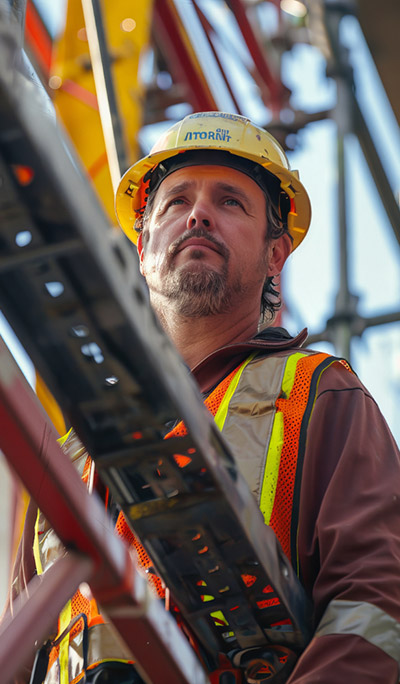Safety is the top priority on construction sites, particularly when operating cranes and heavy equipment. To maintain a safe environment, it’s essential to have qualified riggers and signal persons present. Unfortunately, the importance of these roles is often overlooked or underestimated, which can lead to significant safety risks and potential hazards.
A rigger is responsible for operating equipment such as ropes, pulleys, heavy chains, straps, and cables to secure heavy loads that need to be lifted by cranes. Riggers are trained experts with the necessary knowledge to determine the proper hitches and understand how much weight different cranes can support. Their training includes a deep understanding of a load’s center of gravity, ensuring the proper stability, balance, and mobility of the load throughout the lifting process. A rigger holds significant responsibility, as they are the ones who ensure that loads are rigged correctly. Therefore, it’s crucial to hire an experienced rigger from a reputable crane rental service provider to ensure your loads are properly rigged, keeping your worksite safe.
Riggers and Signalpersons
The signalperson’s role is to safely guide the crane operator in transporting the load from its rigging location to its designated spot. They also ensure that all crane operations are carried out safely. Signalpersons are trained in using specific hand signals, which the crane operator follows to complete the task safely. These signals are crucial for clear communication between the two to avoid accidents.
Importance of Safety
Qualified, well-trained riggers and signalpersons are essential on construction sites where heavy equipment is in use. Without proper training, sites can become dangerous for individuals who are unfamiliar with how to safely interact with cranes and heavy machinery. One wrong move can lead to serious accidents or even fatalities. That’s why emphasizing safety on such sites is critical, as well as adhering to safety protocols. The signalperson must be knowledgeable about the specific hand signals used on-site, their limitations, and possess a thorough understanding of crane equipment and the dynamics involved. Competency in these areas is ensured through written, oral, and practical testing.
How can we help you today?
We look forward to assisting you! Give us a call, drop us an email, or pop over for a chat
and we’ll provide you with a free evaluation.

